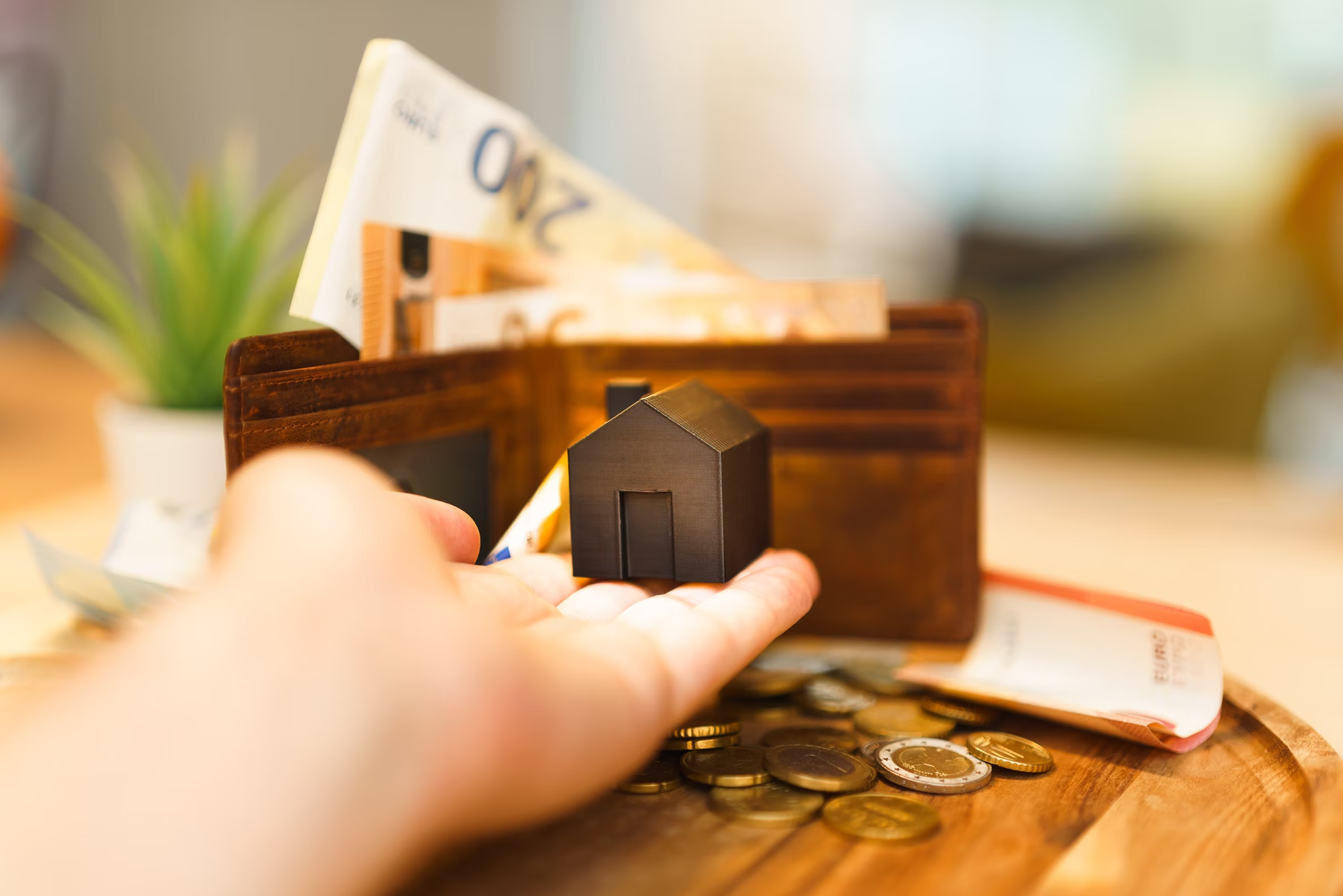
The Impact of Down Payment Size on Your Mortgage
Disclaimer: The information in this article is based on general best practices and does not constitute specific financial or mortgage advice. Always consult with a licensed mortgage professional regarding your individual situation.
One of the most important choices you'll make when buying a home is how much to put down as your down payment. As a mortgage professional, I always encourage clients to look closely at their options, because your down payment size affects your monthly payment, interest rate, mortgage insurance, and even your ability to qualify for a loan.
What Is a Down Payment?
A down payment is the amount of money you pay upfront toward the purchase price of your home. The rest is covered by your mortgage loan.
- Typical minimums: Many conventional loans require as little as 3%–5% down, while FHA loans can go as low as 3.5%.
- 20% down: This is the traditional benchmark, but not a requirement for most buyers.
How Does the Down Payment Affect Your Mortgage?
1. Monthly Payment
A larger down payment means you're borrowing less, so your monthly payments are lower.
2. Interest Rate
Lenders may offer lower rates to borrowers who put down more money, since there's less risk involved.
3. Mortgage Insurance (PMI)
If you put down less than 20% on a conventional loan, you'll typically need to pay private mortgage insurance. PMI protects the lender if you default, but increases your monthly payment.
4. Loan Qualification
A bigger down payment can help you qualify for a larger loan or offset a lower credit score.
Example: Comparing Down Payments
Suppose you're buying a $400,000 home:
- 5% down ($20,000):
Loan = $380,000. Monthly payment is higher, and PMI is likely required. - 20% down ($80,000):
Loan = $320,000. Lower monthly payment, better interest rate, no PMI.
Even if you can't reach 20%, increasing your down payment by just a few percent can lead to real savings.
Other Factors to Consider
- Don't drain your savings—leave room for closing costs, moving, and emergencies.
- Some programs offer down payment assistance for first-time buyers.
- Gift funds from family may be allowed, but be sure to document the source.
My Professional Tips
- Don't feel pressured to wait years just to reach 20% if it means missing out on homeownership.
- Compare different down payment scenarios with your lender to find your "sweet spot."
- Use a mortgage calculator to see how down payment size affects your monthly payment and total loan cost.
Have questions about your down payment options?
Try our mortgage calculator or contact a mortgage professional for personalized advice.
You can find more helpful guides and tips on our blog.